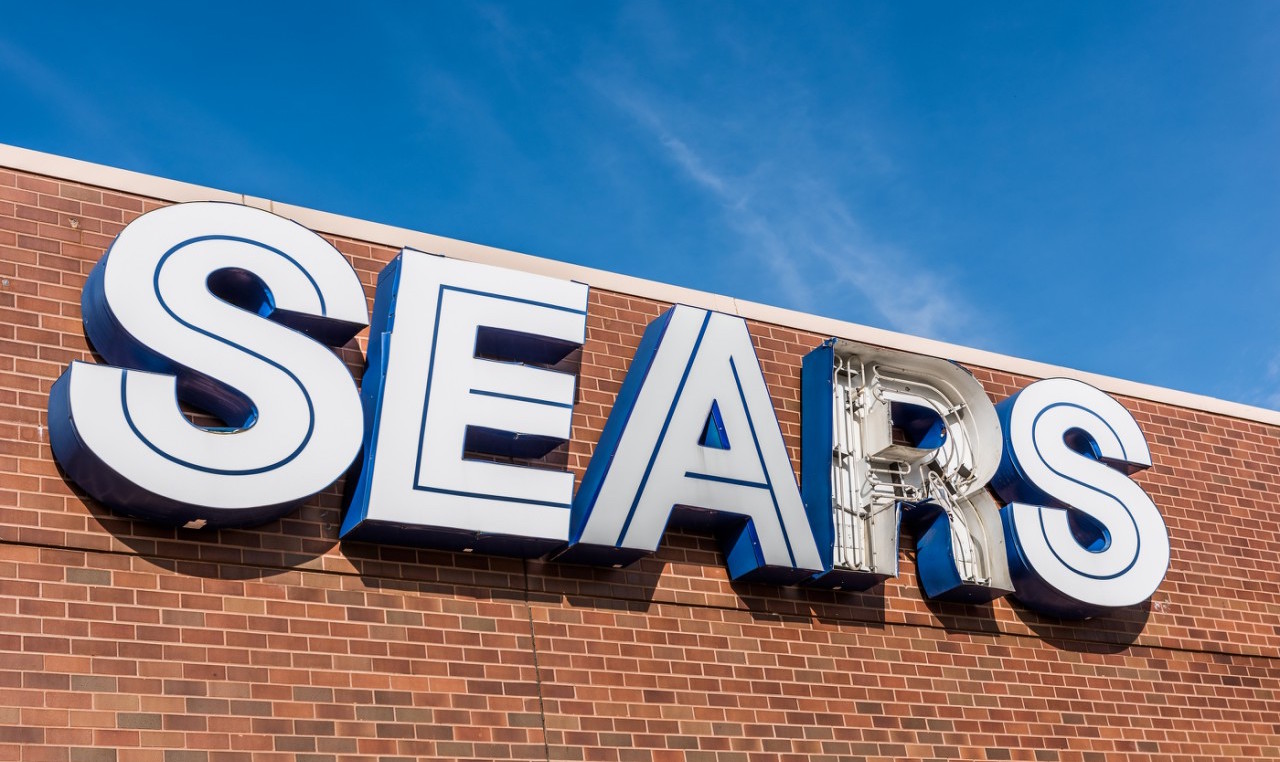US department store Sears has finally admitted overnight its ongoing survival is unlikely.
After six consecutive years of losses – and widespread predictions from virtually every retail analyst in the world – Sears Holdings finally dropped any pretense of controlling its own future, warning in a legal filing overnight that it faces “substantial doubt” it can continue to trade.
The company said its survival will depend on being able to borrow more and tap more cash from its assets. Neither of those is likely.
Earlier this month, the company announced a loss of US$717 million for the latest quarter, taking its full-year loss to just shy of $2 billion.
Sears, which also owns Kmart in the US, has continued to survive in recent years by selling assets to maintain cashflow. The most recent divestment was of its Craftsman tool brand to Stanley Black & Decker, and which followed numerous property sales.
Now the retailer says its pension agreements may prevent the spin-off of further divisions. In short – it’s run out of cash.
“Our historical operating results indicate substantial doubt exists related to the company’s ability to continue as a going concern,” said the statement by Sears Holdings filed with the Securities and Exchange Commission.
That was a stark contrast to the assertion just 13 days ago that it had a “clear path towards profitability”.
At the time of the last quarterly results, seasoned retail analyst Neil Saunders of GlobalData Retail described Sears as “a broken proposition”.
“Not only do these staggering figures fail to show even the faintest glimmer of improvement, but they are also a clear symptom of a business that is broken and now well beyond repair.”
Saunders says the blunt truth is that Sears is simply not delivering what consumers want.
“On the contrary: its product mix, its store environments, its customer service, and its general approach to retailing are actively deterring consumers from visiting. Kmart is in much the same position. In ordinary times this would be more than sufficient to cause major problems; in today’s pressured and competitive retail environment these things will ultimately prove fatal,” said Saunders.
In January of this year the company said it would close 150 stores and in February it initiated a restructuring program aimed at cutting $1 billion in annual costs and reducing debt by $1.5 billion, largely through the cash raised from the Craftsman sale.






